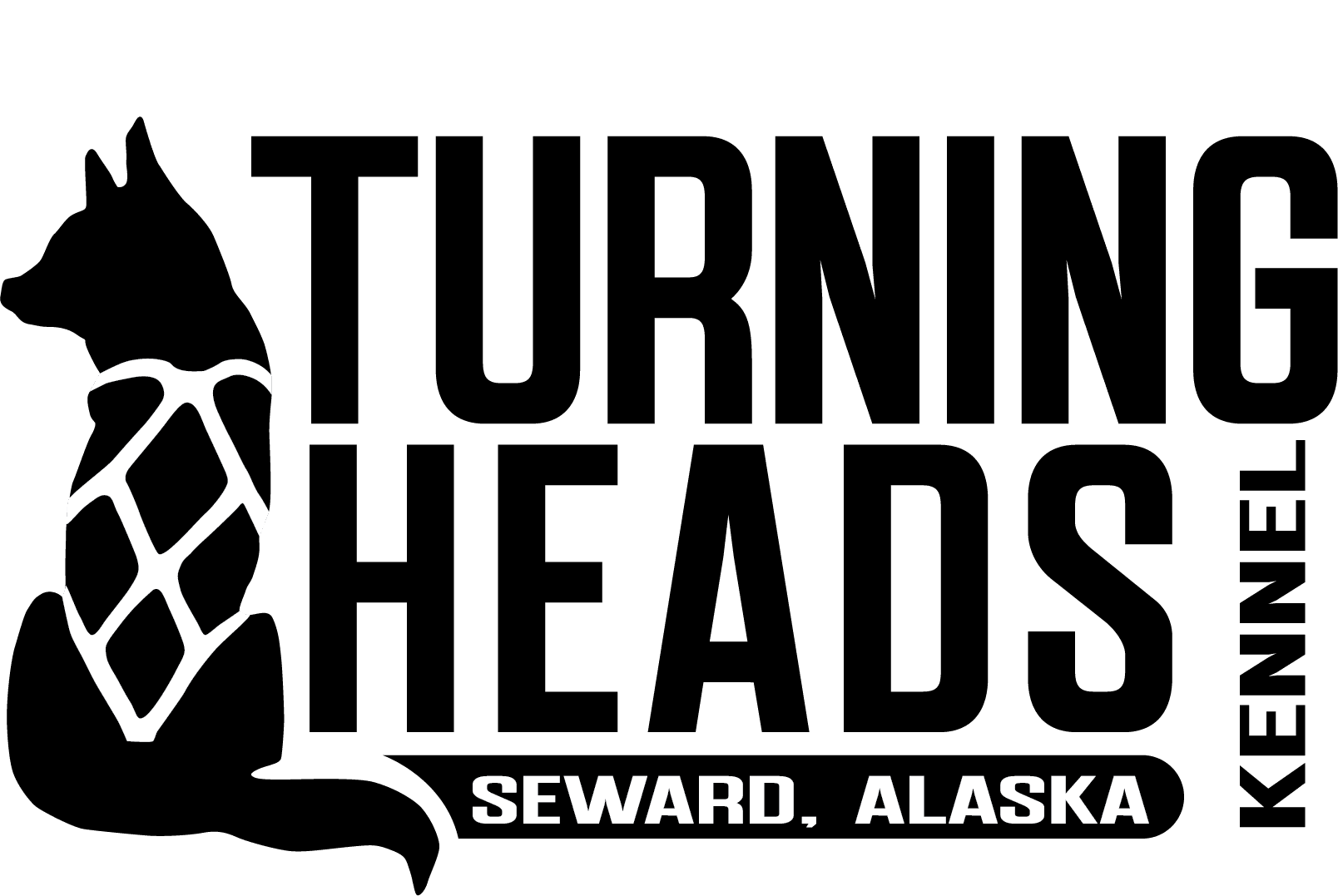Without saying, there is obviously a lot that goes into Iditarod. But, what exactly does it entail? For this kennel, what Iditarod has meant this year is lots of time apart. The realities of training a competitive distance dog team mean that you need to log lots and lots of training miles.
How many miles?
Well, different mushers have different strategies and that “special number” is something that many mushers actually like to keep “under-wraps.” Why? I have no idea…perhaps they think it is their “special” formula for success… But The reality is that most competitive teams have somewhere between 3,000-5,000 miles on their dogs before the start of the race. Of course, like everything, there are exceptions: older dogs who have travelled to Nome several times before often don’t require as much training as dogs who have only done the race once or twice. Still, miles are important
And miles, ultimately, means time apart — especially when our home base is Seward. There is a reason we are the only year-round kennel in this town: it’s because there are no trails. In the winter, when we have snow (which we don’t at the moment), we are able to put about 20 miles on the dogs by running out to Kenai Fjords National Park and back…in order to train the dogs, we often have to do at least a 60 mile run meaning we do the whole course 3 times. Because we run out to the Park and then back, we actually will cover the same trail approximately 6 times on one run. An
This however gets very repetitive and the dogs often grow “sour.” Just imagine how you would feel if you had to run a marathon on a highschool track. It might be ok the first time. The next time you might get a little bored. By the 6th or 7th time, no matter how much you love to run, you are inevitably going to ask: why am I doing this?
We want to keep our dogs attitudes up and our own attitudes. So this year, Travis has been training all over the state. Most of the time, he is Knik, Alaska mushing with friend Wade Marrs. Together, they also travelled north to the Denali Highway where they did a series of camping trips.
But where exactly does this leave me?
Stuck at home.
With only myself and Travis currently working with the dogs, it means that I get to take care of the next generation of our kennel. We had several litters of puppies this year because our goal is ultimately to field two competitive Iditarod teams. So far, even though being at home means I cannot train, I have had a blast working with our puppies who are going to be the heart and soul of our kennel in the coming years. Still, I will admit it is definitely tough staying at home. There a lot of work involved in the day to day running of a kennel; but more importantly, I just miss Travis. But, it’s all for the greater good… we are training to have a stellar season and being successful ultimately means we have to make certain sacrifices.
Wish us luck as we train. Have questions about Iditarod? Please, make sure to email us and we will post about them! If you enjoyed our post, please make sure you share it with your friends.


 They have left.
They have left.

